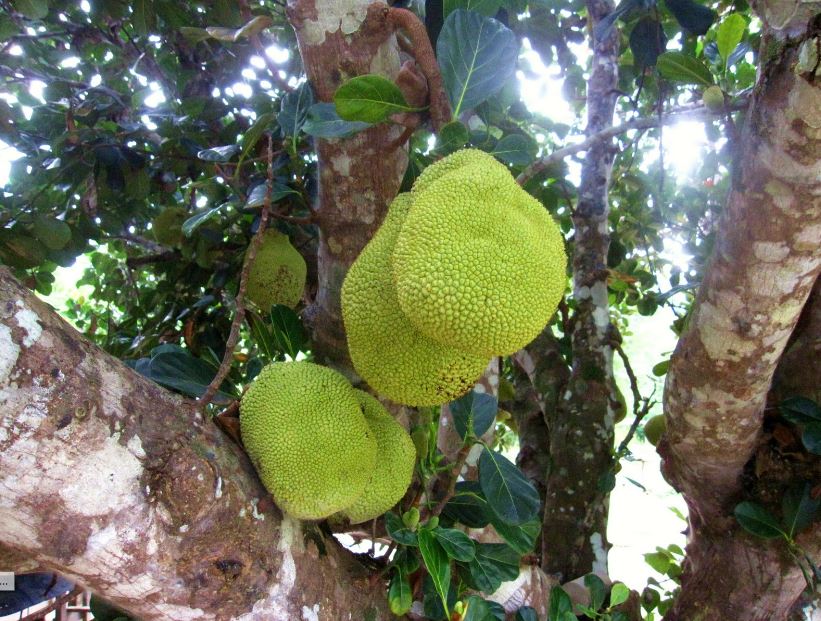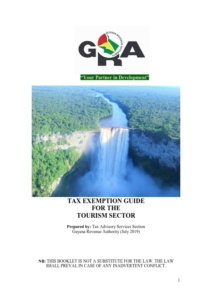NATURAL FEATURES
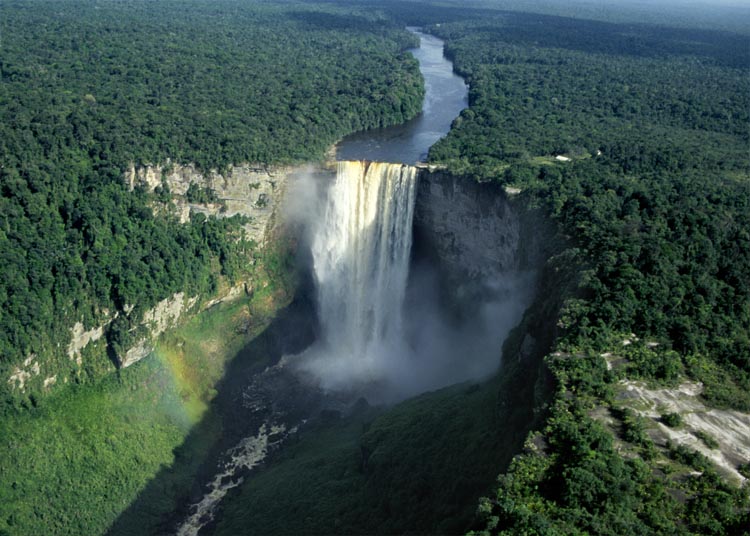
Kaieteur Falls
This magnificent water-fall width varies from 250 feet in the dry season to 400 feet in the rainy season. It has a perpendicular drop of 741 feet. Kaieteur is twice as high as Victoria Falls and almost five times as high as Niagra Falls in Canada.
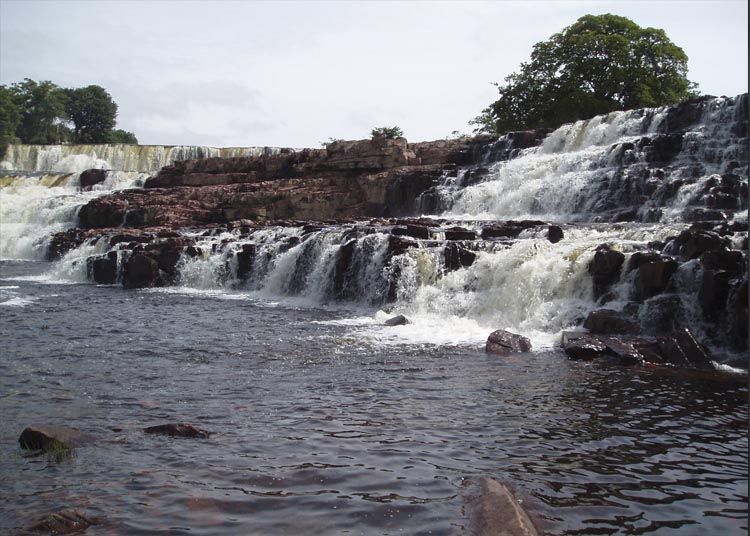
Orinduik Falls
The Ireng River on which this Fall is located thunders over steps and terraces of solid Jasper. However, unlike the mighty Kaieteur, this Fall is ideal for swimming and picnicking.
Potaro River
Begins at the Ayanganna Mountain Range in the North Rupununi Savannahs. It extends 140 miles to the Essequibo River. Located on this river are nine waterfalls. The most notable are Kaieteur and Tumatumari. A 1930 Suspension Bridge called Garraway Stream Bridge as well as Two Islands are also located on the Potaro River.
Essequibo River
This river is 21 miles wide at its estuary and approximately 270 miles long. There are 365 islands located on this River. This is the largest of the three major rivers. The other two are the Demerara River and the Berbice River.
Mount Roraima
This mountain is located in Guyana, Venezuela and Brazil. Guyana’s Roraima is 9,094 feet in height and was conquered in 1973.
Shea Rock
An unusual outcropping of igneous rocks in the South Rupununi Savannahs, it can easily be seen for miles and thus is a well-known landmark.
THE LAND OF THE LAKES’
Many regions in Guyana have their own special features, history and character. Those who are familiar with Guyana would readily associate a region with a particular set of attributes. The name Essequibo quickly conjures up images of spectacular waterfalls, rivers and landscapes that stretch to the horizon, rolling rice fields and serene, expansive lakes. The Pomeroon-Supenaam region of the Essequibo County (commonly known as the ‘Cinderella County’) is awakening to a new identity as ‘The Land of the Lakes’.
One of those lakes possesses an almost eerie quality that has been the subject of much local and national speculation, theorising and legend. That lake is called Ituribisci or the ‘hot and cold lake.’ It is nature itself gone schizophrenic, waxing hot this minute, then cold the next. It is normal to experience for bathers in the lake to find themselves the victim, in an area no wider than 20 meters, of nature’s contrasting moods. Essequibians have come to accept this phenomenon as normal if not, mysterious part of their creation in the lake; rarely even taking the trouble to seek answers to this riddle of nature’s moods. But visitors often become giddy with excitement and curiosity, wanting explanations, conjectures, legends, anything that would bring the inexplicable closer to the realm of comprehension.
The lake District of the Pomeroon-Supenaam area also boasts a recreational center in Lake Mainstay – one of the more picturesque and scenic in the ‘land of the lakes.’ Lake Mainstay is the venue of the annual August Regatta, an event of growing stature in Guyana’s calendar of events. Thousands flock to the ‘Cinderella County; in the month of August and trek to the Mainstay lakeside for a weekend of daredevil speedboat racing, jet skiing and beach activities. The famous Mainstay Resort spreads elegantly beside the lake, offering comfortable accommodation, fine cuisine and conference facilities. Lake Capoey although differently accessed, is linked to Lake Mainstay and is part of the axis of beauty in the Pomeroon-Supenaam region.
TRAVELLING TO GUYANA
All visitors to Guyana are required to have a valid passport with at least six (6) months validity and proof of return/onward journey. Visas are necessary for all visitors except those who are exempt. The list of visa exemptions can be accessed at the Ministry of Foreign Affairs website or on this website under the Information Section.
Those requiring visas can make contact with the closest Guyana diplomatic or consular representative (list accessible at http://www.minfor.gov.gy) for guidance on the visa process. Alternatively, persons residing in countries where there is no Guyana representative can apply for visas on arrival.
Persons travelling from yellow-fever countries are required to present a yellow fever vaccination card as proof of vaccination. It is necessary that the vaccination be administered ten days prior to travel to allow for inoculation.
BY AIR
Guyana’s main international airport, the Cheddi Jagan International Airport, is located at Timehri, two (2) miles south of the capital. Flights from Europe are routed through Antigua, Barbados or Trinidad. There are direct flights to Guyana from Miami, New York, Toronto, Brazil and Suriname.
OVERLAND
Visitors can travel overland to Guyana via Suriname or Brazil. There is a twice-a-day ferry service across the Corentyne River between Guyana (Moleson Creek) and Suriname (Nickerie) to facilitate travel. Discussions are currently ongoing on the bridging of the river. The Takutu River Bridge links Guyana (Lethem) and Brazil (Bon Fim) and facilitates cross border travel. Customs and Immigration facilities are found at both crossings.
Visitors can also enter Guyana with Suriname, Brazil or French Guiana via registered vehicles.
BY SEA
Visitors travelling to Guyana on yachts are required to sail up the Essequibo River to the town of Bartica, some 35 nautical miles from the Atlantic for Customs and Immigration clearance. The Customs and Immigration Departments are located at the Police Headquarters in First Avenue and open from 08:00 am to 16:30 pm. Further information on sailing into Guyana can be found on the website of the Guyana Tourism Authority: www.guyana-tourism.com
CLOTHING
Lightweight, casual clothing can be worn throughout the year. Public Offices and some business entities however have dress codes and business attire is usually required for meetings/conferences.
HEALTH
There is a risk of malaria in certain parts of the Guyana interior. Consult your doctor for the required precautions if you intend to travel to Guyana. Georgetown and coastal areas are malaria-free. Visitors may prefer to drink bottled water; there are several local brands that are inexpensive and widely available.
HOSPITALS
There are numerous health units, both government and privately owned, in Guyana.
EMERGENCY NUMBERS
Police Department: 911
Fire Department: 912
Ambulance 913
ACCOMMODATION
There is a wide range of accommodation facilities throughout Guyana to cater to every kind of traveler. Details and contact information on the various facilities can be accessed at the following link here.
Voltage 110V in Georgetown; 220V in other places, including parts of suburban Georgetown. Some places are equipped with both 110 and 220V.
SHOPPING
Shopping in Guyana is an adventure worth embarking upon as you discover unique treasures that are Guyana’s claim to fame. A vast number of boutiques, jewlary and craft shops are available to be explored.
Shopping Hours
Normal shopping hours are 8.30 am until 5.00 pm (Monday-Friday and noon on Saturday). Market hours are 8.00 am until 4.00 pm Mon, Tue, Thur, Fri and Sat. 9.00 am until 12.00 pm Wed. 8.00 am until 10.00 am Sun.
Currency
The unit of currency is the Guyana dollar which floats against the US dollar, Check for daily rates. US dollars are widely accepted. British, Canadian and some other bank notes may be accepted as well. Foreign currency can be changed at banks, finance houses, and cambios. Many hotels will also change money but generally give less attractive rates.
Cambios
These are licensed currency exchange houses. Most cambios are open Monday to Friday from 8.00 am to 5.00 pm, and on Saturdays from 8.00 am to noon, sometimes to 2.00 pm. In order to exchange Guyanese dollars on departure, cambio receipts should be produced.
Credit Cards
Major credit cards and traveler’s cheques are accepted by most hotels, restaurants, car rental agencies and tour operators. Scotia Cards and Master Cards can be used to obtain cash from the Bank of Nova Scotia during banking hours. American Express cards can be used at Demerara Bank. Foreign credit cards cannot be used at ATM machines in Guyana.
Banking Hours
Banking Hours at most banks are relatively short – from 8:00 am to 2:00 pm. On Fridays, the banks operate until 2:30 pm. However, Bank of Nova Scotia is open until 2:30 pm, and until 4:30 pm on Fridays.
TELECOMMUNICATIONS
Guyana’s country code is ‘592’, followed by a seven-digit number for all areas of the country. Direct dialing is available from Guyana to any country in the world. Collect calls can be placed however to Canada, the US and UK using the numbers below:
Canada Direct: 161
USA Direct: 165
UK Direct: 169
Free internet access is available to guests at selected hotels. Completion of the Americas II cable has provided an international fiber optic link. The country has 100% digital switching and a full range of value-added customer services such as voicemail. Fibre network reaches most of the coast, as does a seamless digital cellular service. This service is provided by two companies – GT&T and Digicel Guyana. Prepaid SIM cards can be acquired from any of their outlets. Wi-Fi is also available at certain locations.
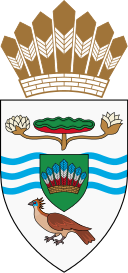

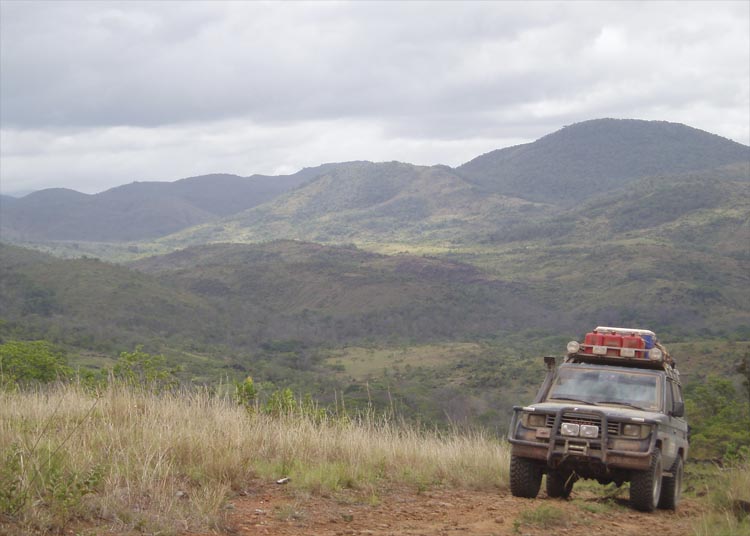
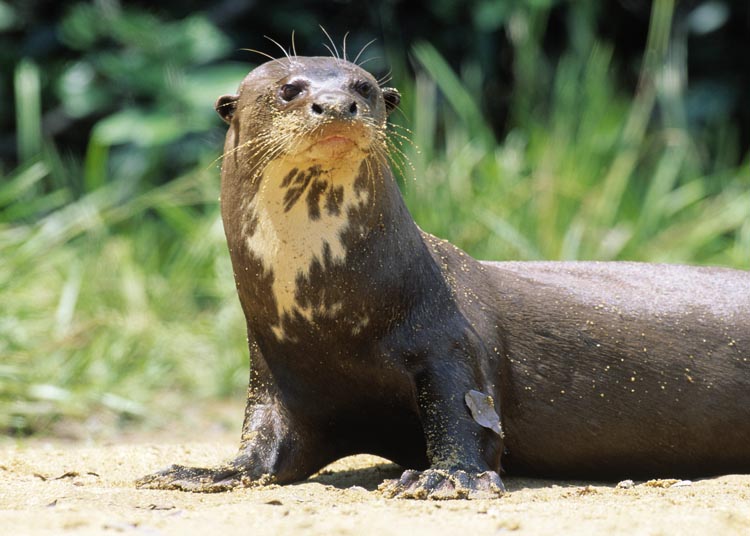
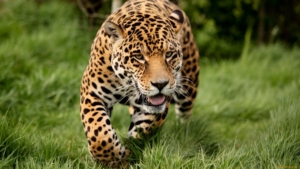
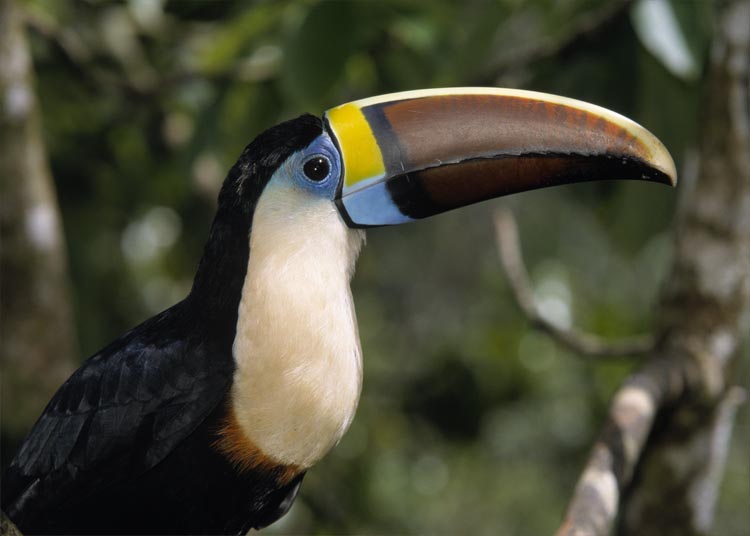
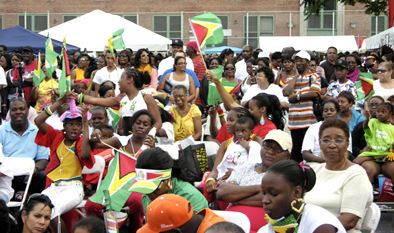
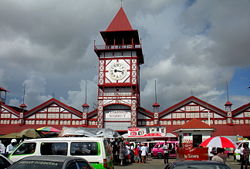
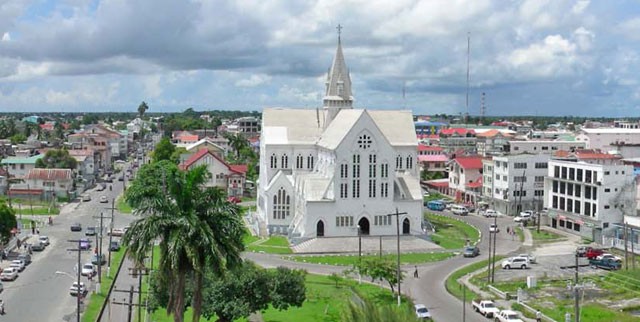


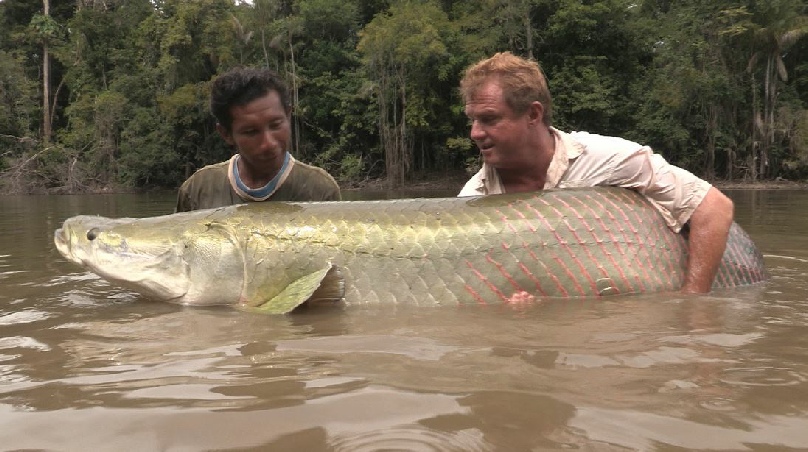 Food in Guyana is representative of the ethnic and cultural melting pot that Guyana is and has been influenced by the various ethnic groups. Guyanese are particularly proud of their dishes – arguably the most popular and identifiable being pepperpot, cook-up, metagee, curry dishes, roti, and fried rice. A number of restaurants and corner shops provide a variety of these dishes. A listing of restaurants can be found here. A wide array of fruits and vegetables are always available at the markets.
Food in Guyana is representative of the ethnic and cultural melting pot that Guyana is and has been influenced by the various ethnic groups. Guyanese are particularly proud of their dishes – arguably the most popular and identifiable being pepperpot, cook-up, metagee, curry dishes, roti, and fried rice. A number of restaurants and corner shops provide a variety of these dishes. A listing of restaurants can be found here. A wide array of fruits and vegetables are always available at the markets.